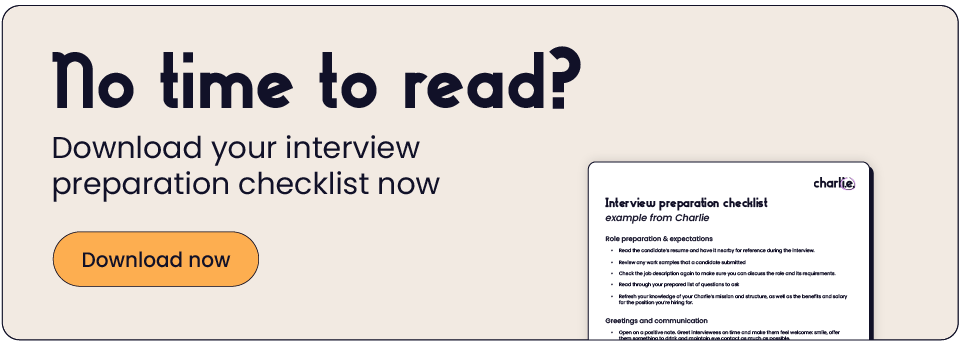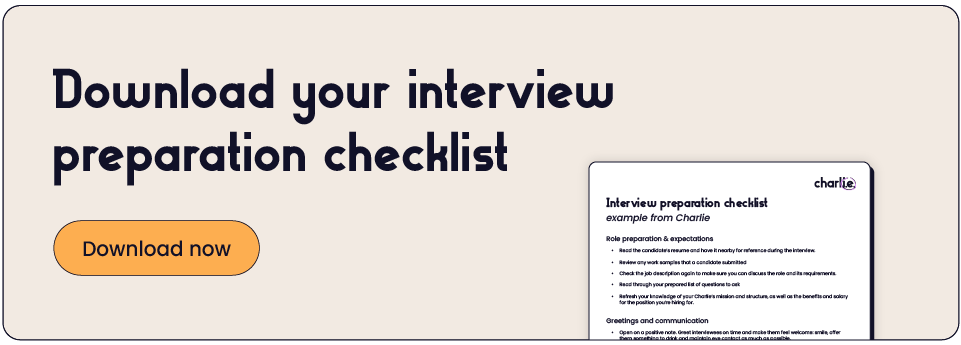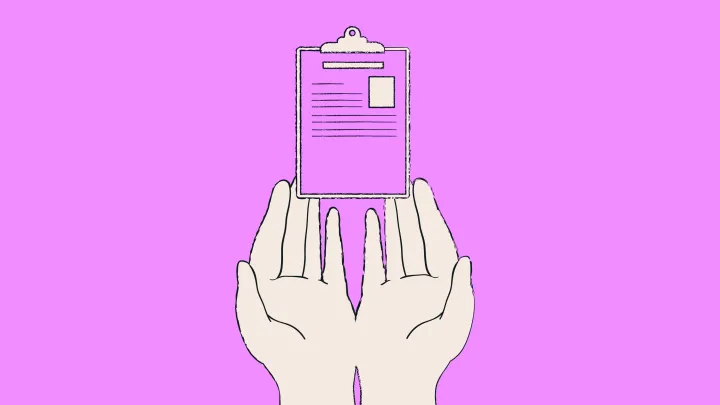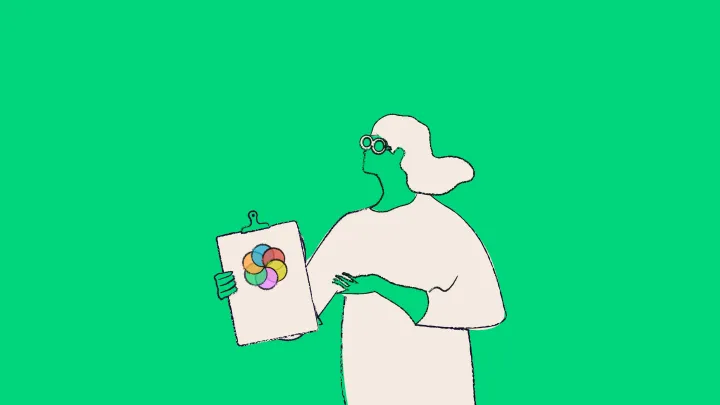Interview checklist – 8 steps to hiring top candidates
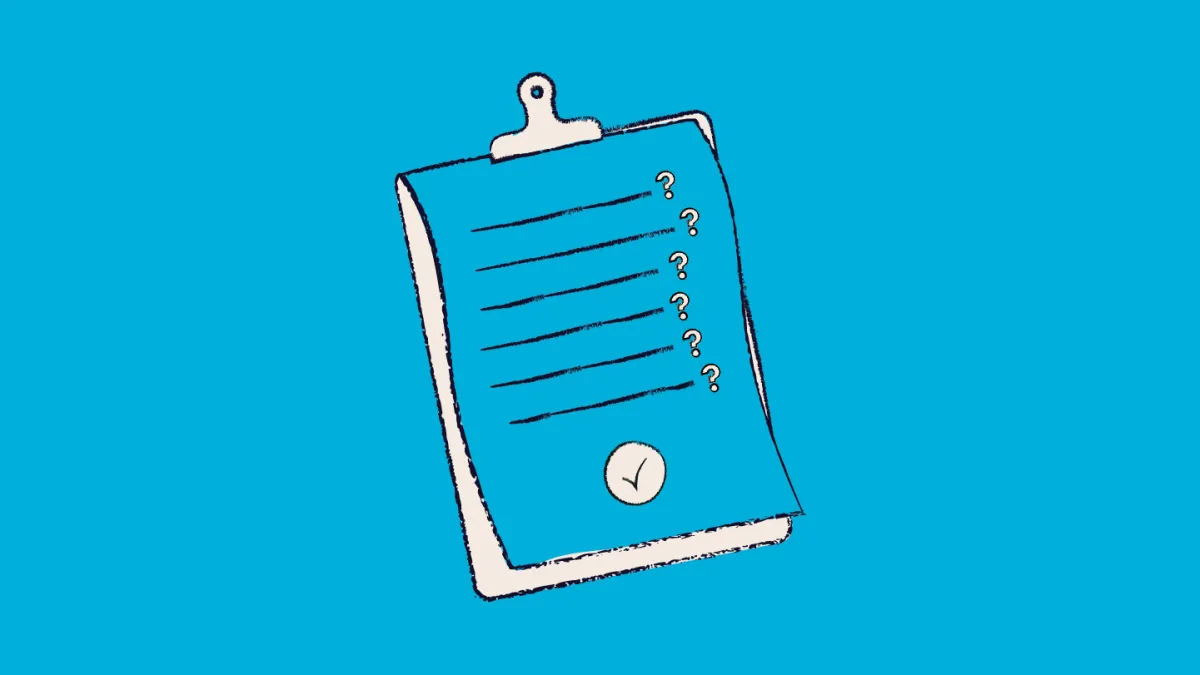
Coming prepared to an interview makes perfect sense when you're the candidate, but what about the company hiring?
Interviews are an important part of your candidate's experience, especially if you want to look professional and convince them they need to pick you as an employer.
The key to achieving this is consistency within the interview process, which is why, at Charlie, we like to use an interview checklist before jumping onto a call or a meeting with potential hires.
This ensures we hire all of our candidates with the same standards, as well as ensuring the process is unbiased and evaluates candidates fairly.
8 steps to your pre-interview and post-interview checklist
1 – Send a summary to your candidate
Sending a summary of what's going to happen during the interview gives the candidate the best chance to succeed, but also provides structure to the interview. At Charlie, we like to put together a pdf document outlining the duration and content of each step. We usually send these out at the same time as the interview invites to candidates.
Sending invites and documents can also be done directly through software like Charlie Recruit to make your life a bit easier. Use the AI assistant to draft your invites or one of your saved templates.
2 – Review candidate's CVs and tasks
Depending on the stage of the interview, you may want to check different documents:
1st stage interview
- Have a look at their CV to have their experience in mind and bounce off this knowledge for questions
- Check the job description template again to make sure you can discuss the role and its requirements.
- Re-read the additional information sent by candidates such as cover letter
2nd/3rd stage interview
- Review their tasks and prepare feedback and questions
- Double-check their CV and the responses to the first interview so it's clear in your mind before entering the room
3 – Prepare for questions from candidates and present your company
Don't enter the room without preparing for the questions you're going to ask. I would recommend running them past people in your hiring team, and understanding how they link to the skills and person you're looking for.
It's also time for you to double-check whether you have all the information about the role including salary and benefits, as well as any details regarding the role.
4 – Book a room and send invites to the people involved
Decide on the format of the interview. Will it be in a closed one-on-one setting, a group interview, or a mix of them both?
To make the most efficient use of your time, allocate specific time slots for each part of the interview - from the initial greeting to the core questions, then leave room for the candidate’s questions at the end.
Make sure you book a room for the interview, and send invites to the right people in your team so they put the time aside.
5 – Run your questions via HR
An aspect that you may forget about is running your questions via your HR department – that is if you have one.
If not, it's okay to simply ask your teammates for the right questions, but remember that HR professionals will be able to provide insight they may not have, so check it out with them.
6 – Do a bias check
Think about your unique prejudices. Personal concerns, preferences and experience may interfere with our judgement. For example, if an interviewer believes that overqualified employees will eventually get bored with their job, they may refuse to hire them. That way, they may miss out on talented people who might still have been valuable team members.
You can also use tools such as blind hiring and score cards provided by recruitment software such as CharlieHR. Find out more below.
7 – Take notes throughout
It may seem like an obvious one, but it's a good idea to keep notes during the interview so you don't miss out on what the candidate is saying, and you have the right feedback at the ready. Either write them down on your computer or a notepad.
8 – Communicate on the next steps
Once the interview's over, remind the candidate of what the next steps are and when they're going to be informed about whether they are going to the next round of interviews. Do it in a timely manner and set the right expectations.
9 – Post-Interview Evaluation
Collect some interview feedback and balance what you’ve seen and heard against the interview criteria you set. This should have been done during the process of writing the job description so you have a document to refer to.
10 – Keep the candidate updated on the outcome
The final step is to let the candidate know whether they got the job or not. Be ready to do it over the phone if they're at the very last stage, even if it's a rejection. And if they're in the earlier stages, simply send a rejection email, or if they've got the job, call them up and confirm with a job offer letter.
Interview checklist – download or copy/paste our ready-made template
Role preparation & expectations
- Read the candidate’s resume and have it nearby for reference during the interview.
- Review any work samples that a candidate submitted
- Check the job description template again to make sure you can discuss the role and its requirements.
- Read through your prepared list of questions to ask
- Refresh your knowledge of your Charlie’s mission and structure, as well as the benefits and salary for the position you’re hiring for.
Greetings and communication
- Open on a positive note. Greet interviewees on time and make them feel welcome: smile, offer them something to drink and maintain eye contact as much as possible.
- Ease them into the process. Introduce yourself and your fellow interviewers, and briefly describe your role and why you’re hiring. This helps humanise your hiring process for candidates. Then, ask candidates to introduce themselves or walk you through their portfolio or work samples, if applicable.
- Outline your note-taking technique: let the candidate know that you will take notes throughout, and whether this will be typed or hand-written, and ask them to let you know if this is ever off-putting.
- Focus on the conversation. Being distracted by calls or thoughts about future meetings can damage your rapport with interviewees. Instead, focus on what the candidates say.
- Answer their questions. Candidates want to learn about your company and open roles. Give them the chance to ask questions and give them honest and direct answers. Answering questions will also give you the chance to pitch your company to candidates.
- Take your time. If possible, don’t schedule anything directly after an interview. Some candidates may have more questions than others and will appreciate more time with you. Rushing candidates out isn’t a pleasant way to close an interview.
Fight bias
- Take an Implicit Association Test (IAT.) The first step in fighting biases is becoming aware of them. Harvard’s IAT can help you become more aware of your biases.
- Learn how cognitive biases work. Understanding different kinds of bias can help you recognise them when they’re at work.
- Think about your unique prejudices. Personal concerns, preferences and experience may interfere with our judgement. For example, if an interviewer believes that overqualified employees will eventually get bored with their job, they may refuse to hire them. That way, they may miss out on talented people who might still have been valuable team members.
- Slow down. Resist the urge to make a decision about a candidate before their interview ends. It’s best to make your decisions after you’ve met all candidates and have consulted your notes.
- Distrust body language cues. Body language isn’t an exact science; some non verbal cues may indicate many very different things.
Post interview
- Keep records. Recording and filing your notes helps you as an interviewer since you can refer back to them any time. And your company can also use them in court, in the unlikely event that they face a lawsuit.
- Seek advice. Look for resources online and, if possible, ask more experienced recruiters or interviewers in your company for advice. If you plan to interview often, you could also make a case for attending interview training or workshops.
- Make a decision – either be prepared to send a job rejection email or write a job offer letter, but both are equally important.
Preparing for interviews at Charlie
When we interview job candidates for a role at Charlie, we look beyond just their technical skills and feel for their cultural fit within our team. We like to put as much effort into preparing for the job interview as the candidate.
Just like an exit interview, the initial interview is a two-way street. The candidate has taken the time to make a good application and follow our interview process, and we owe them that same respect in kind.
Generally, here’s how the interview process at Charlie works.
Stage 1: Phone Screen
The point when we get on the phone is our first touchpoint with our candidates. We view this as a two-way conversation - it’s as much a chance for them to decide whether Charlie is a place where they can grow and thrive, as much as for us to assess how well they can perform in the role they applied for.
We talk about some of the particulars like salary expectations and remote working vs. in-office requirements. However, we also talk about less tangible things like their preferred way to work and their aspirations for career growth.
When we ask questions, we look for one or two of our key high-performance behaviours:
- Drive for results: Tell me about a time you faced a difficult problem
- Give energy: What’s the most exciting thing you’ve done recently?
- Get uncomfortable: Tell me about a time that pushed you out of your comfort zone
- Be humble: What something you’re bad at
The goal here is to determine that it’s a good potential mutual fit before moving forward.
Stage 2: In-Depth Interview and Task
If the candidate passes the phone screening, they’ll have an interview with the hiring manager and a task. Each of these will be split into about 30 minutes.
When the candidate meets with us, they’ll ask deeper questions about the candidate’s experience and see if it matches what we need for the role.
For example, for a customer-facing role, we might ask:
- Tell us about a time you faced a difficult customer and how you dealt with it
- How do you manage high volumes of queries while maintaining high-quality customer care
Then, the candidate will do a task the hiring manager prepares beforehand or that they’ll do directly on the call.
For an operational position, this might be something like:
- We’ve just launched a new policy at Charlie — share a plan for how you would share this with the team to ensure it has a high impact (prepare before the call)
For a product designer, the task might be:
- On the call, we’ll run through a whiteboard challenge to see how you approach your work on the spot with other designers and managers (on the call — no prep)
Stage 3: Final Stage
For the last stretch, we have one more informal meeting. The hiring manager will greet the candidate with two members of the Charlie team, and answer any remaining questions they have about life at Charlie, how they might work together, and what kind of future the candidate sees for themselves at Charlie.
Our Chief of Staff will meet the candidate too, and ask questions like:
- How would your friends describe you?
- How do you like to work in a team?
Then the hiring manager closes out the interview, and the interview ends. The Chief of Staff and other team members will pass on their notes to the hiring manager and together they’ll arrive at a decision.
We also use our Charlie Recruit tool to make sure we automate all of our recruitment process and get the best hires into the pipeline. Find out more below.
